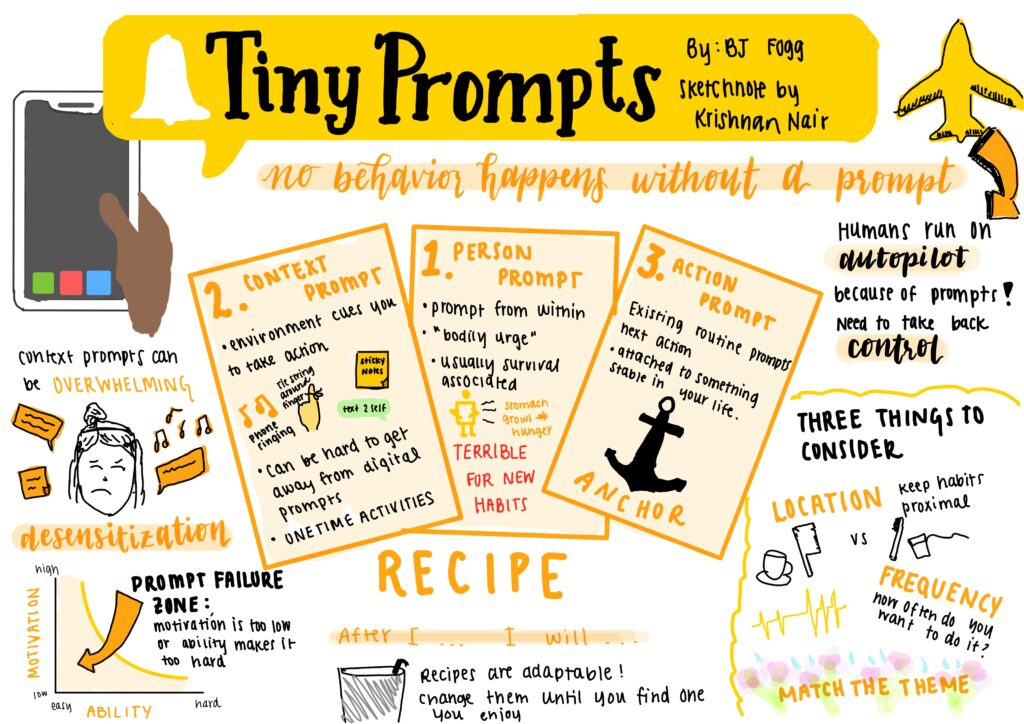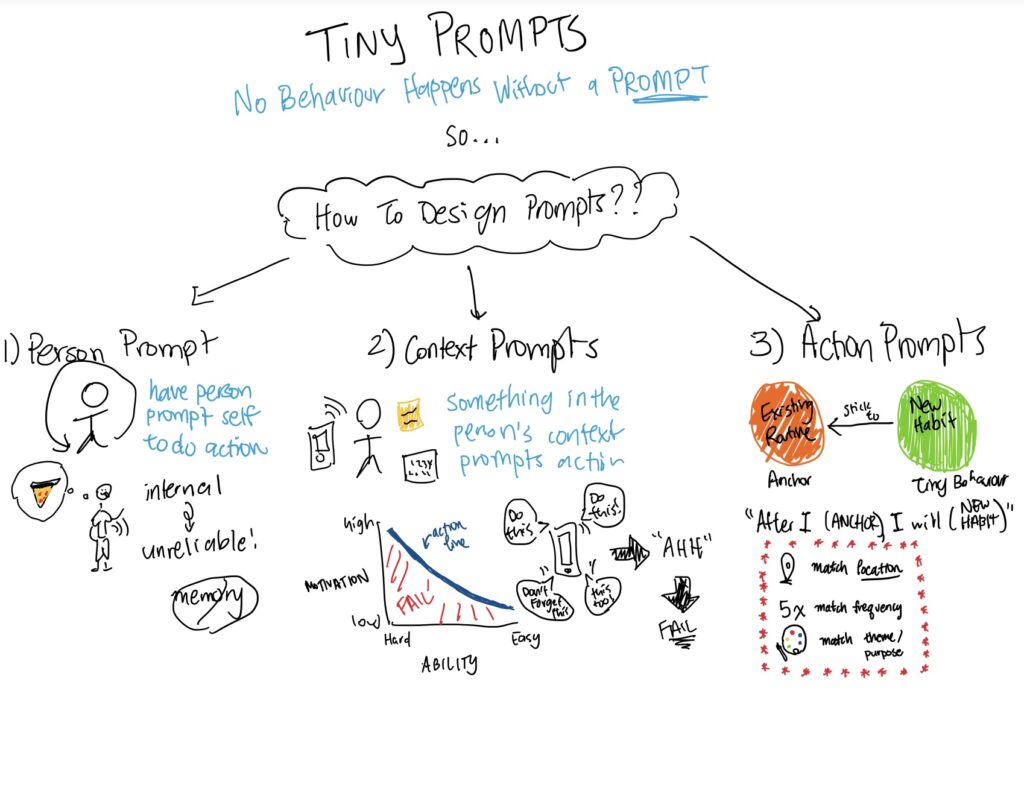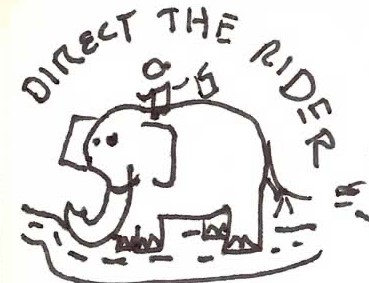Amazon
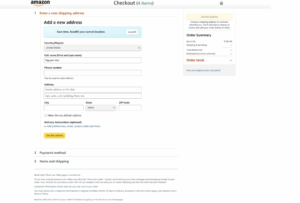
Amazon focuses on minimizing friction by using saved addresses, short forms, and purchasing with one click. This emphasis on less time for the user causes fewer dropoffs. As a result, this efficient process leads to an increased conversion rate.
Warby Parker
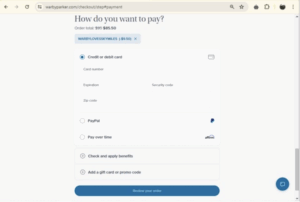
Warby Parker tailors its process to the high consideration of customers when buying glasses by using virtual try-on, clear Rx/insurance steps, and subsequent add-ons for lenses. This process reduces doubt and nudges upgrades, raising average order value without overly pushing the customer.
Patagonia
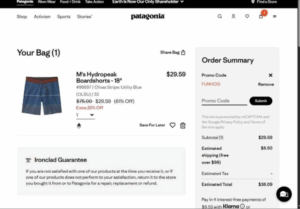
Patagonia embeds its mission into and beyond checkout by using a clear repair/return process and messaging like “Earth is our only shareholder” to reinforce trust and reduce regret after purchasing which strengthens loyalty and advocacy. Consequently, there are more repeat purchases and referrals, so customer lifetime value rises.
How design choices directly impact revenue metrics
Each company designs every aspect of its checkout process to optimize the revenue metric it is prioritizing. Specifically, to gain a higher conversion rate, Amazon removes friction; to gain higher average order value, Warby Parker builds certainty and surfaces relevant upgrades; and to gain higher customer lifetime value, Patagonia foregrounds purpose and care after purchasing.

